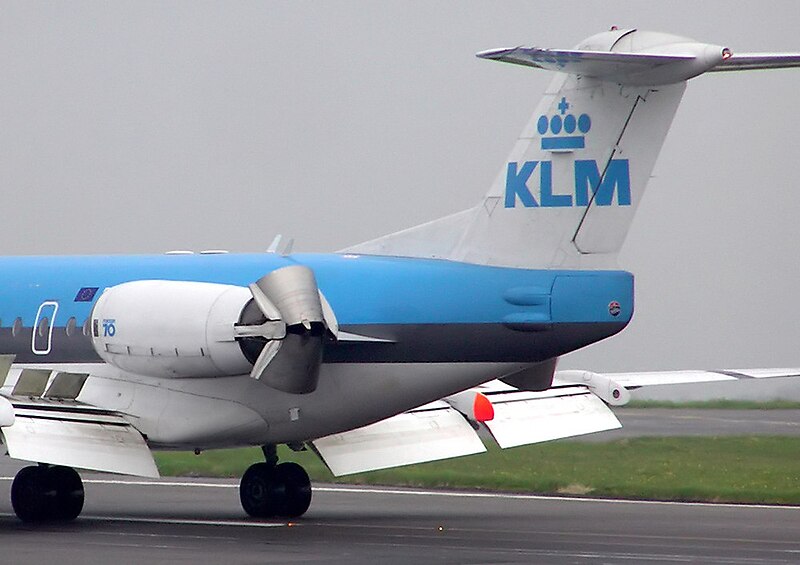Snakes Skunks on a plane

I'm back from God's Country. No, no the middle east, but Montana.
I'll post pictures and stories about that trip later. But first, I'd like to address the situation of air travel in our country.
Most of us normal folk fly coach. And most intra-continental travel is accomplished on planes that consist of 737s or smaller. At most, you generally have three compact seats on either side of the isle. It's also not a secret that in the summer time air temperatures can reach close to 100 degrees.
Now let's go over a few of the fundamentals of aeronautical engineering. Most passenger jet aircraft have two main types of engines: those on the wings (or tail) for propulsion, and the smaller, less apparent, engine usually mounted over the tail just above the cabin. This is the auxiliary power unit or APU that allows the plane to power the little things like the air conditioning on hot days.

It is also used to start the main jet engines. When the plane is at the gate, it is connected to a generator that relieves the responsibilities of the auxiliary engine. This engine is not necessary to fly the plane and in more than one occasion I have been on planes where the APU was not working.
(As an aside, there's also one more thing I'd like to clear up. How many times have you been on a plane that's landing and someone says "when we land the pilot reverses the engines to slow down"? Well sorry to burst your bubble people, but that's not what happens. You simply can not just take a jet engine, where airflow is designed to move one direction, moving at thousands of RPMs and just "reverse it".
A- there is no transmission to put it in reverse, and B - IF that was possible it would rip the wings off the plane. That noise and deceleration feel you get when landing is caused by a combination of thrust reversers. There are two main kinds of thrust reversers. Their function is to take the air that is coming out of the back of the engine and redirect the airflow to help slow the aircraft.
The braking effect comes from the fact that the engine is swallowing very large amounts of air, creating a considerable drag on the engine, without producing any compensating thrust. Almost all of the braking comes from intake drag, not from the forward component of the exhaust.)
So now that class is over for this post, back to my point. When you are stuffed on a tiny plane and it's 100 degrees out and the APU is not functional, you can imagine the problems it can create. Now also imagine, if you would, me being 6'5" sitting next to a large, sweaty man reeking of body odor in said plane. Now imagine rolling out to the runway in the 100 degree plane with a reeking person next to you AND a scr-EAMING child behind you when the front tire goes flat.
Then imagine sitting on the taxiway for 90 minutes in that plane while they change that tire. We had people passing out, tempers flaring, but hey, we got free travel vouchers!
It was easily the worst flight I've ever been on. Even worse than the time I got searched because someone in the security line said "bomb".
But I will tell you this; after all that, it made the wide open spaces of Montana and the experience of being out there all the more sweeter.
After all, without knowing the sour, the sweet just isn't as sweet...



<< Home